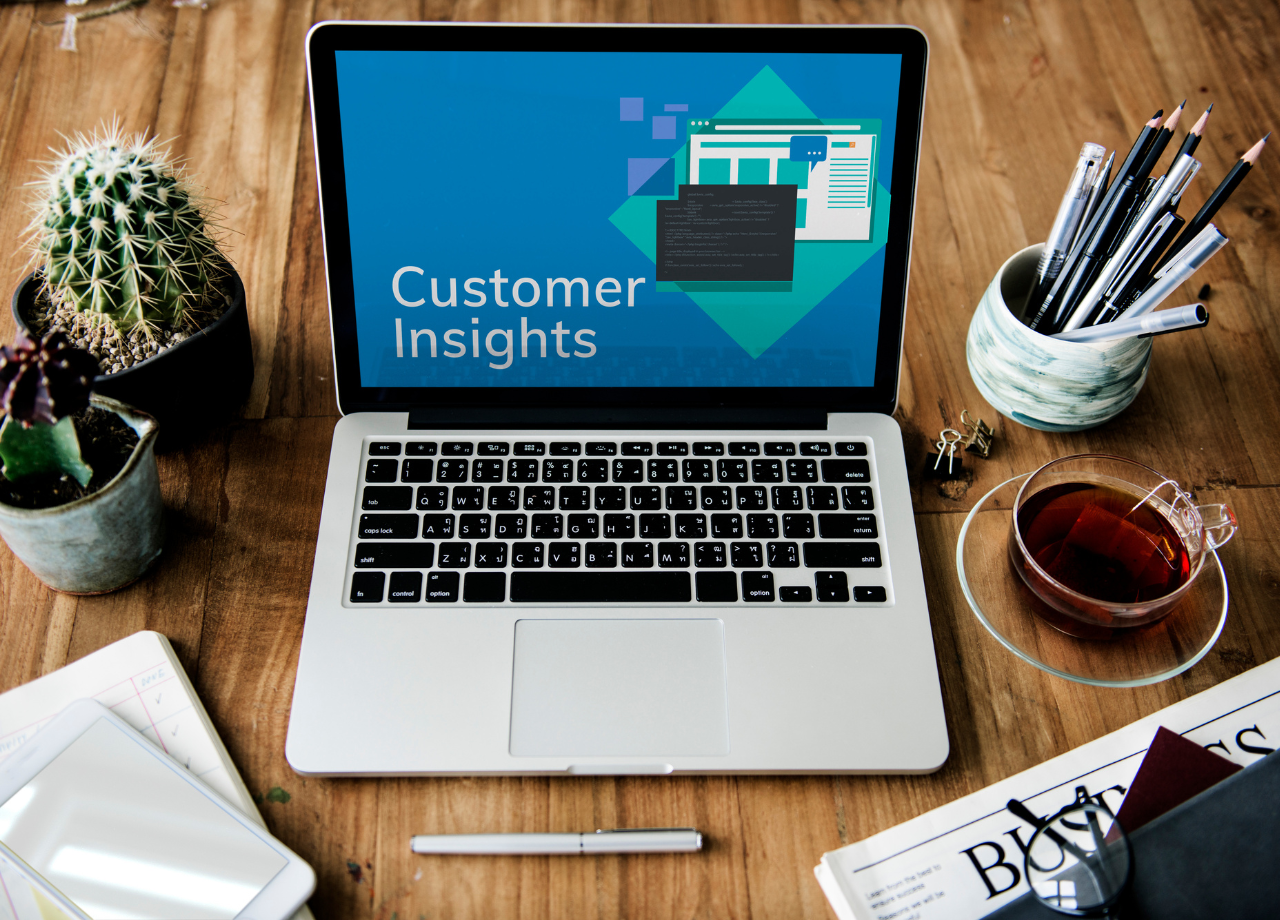
Most companies track points, purchase frequency, and redemption rates. Few, however, can confidently measure whether customers actually feel loyal. Emotional loyalty—the degree to which a customer feels connected, valued, and proud to engage with your brand—is the hidden KPI that predicts growth better than almost any financial metric. Yet it rarely makes it onto a quarterly dashboard.
The irony? Marketers have more data than ever, but most of it only captures transactions. Emotional loyalty doesn’t live in spreadsheets. It shows up in whether a customer goes out of their way to choose you, forgives small missteps, or advocates for your brand in conversations that never reach your analytics tools.
This overlooked KPI is what separates companies that generate short-term repeat purchases from those that earn lifelong advocates. Let’s break down why emotional loyalty matters, how to recognize it, and what practical steps brands can take to start tracking it with as much rigor as financial metrics.
Loyalty Programs Aren’t Enough Anymore
Traditional loyalty programs focus on rational motivators: spend money, earn points, get rewards. That model still has value, but it’s a commodity. Consumers are enrolled in an average of 16 loyalty programs, yet active in less than half. Discounts and free shipping don’t create a lasting bond—they simply train customers to expect a deal.
What actually drives retention is how people feel about a brand. Emotional loyalty shows up when:
- A customer defends your brand against criticism online.
- They keep buying your product even when competitors are cheaper or faster.
- They say your brand “just gets them.”
- They feel proud to wear, display, or use your product because of what it says about them.
That kind of loyalty can’t be bribed. It has to be built.
Why Emotional Loyalty Outperforms Transactional Loyalty
There’s a direct line between emotional connection and long-term value. McKinsey research shows emotionally connected customers are 2.5x more valuable over time than those who are simply satisfied. Gartner found that when customers feel emotionally attached, they are much less price-sensitive.
Transactional loyalty is fragile—competitors can always out-discount or out-convenience you. Emotional loyalty is resilient. It makes customers stick through the occasional stockout, accept small price hikes, and give you second chances after a misstep.
In a noisy market, emotional loyalty is one of the few advantages competitors can’t copy overnight.
The Blind Spot: Measuring What Can’t Be Counted
Most marketing teams default to what’s easy to measure—points redeemed, churn rates, NPS scores. But those numbers only tell part of the story. NPS, for example, asks about willingness to recommend, but it doesn’t reveal why someone feels that way or how strong the bond really is.
To track emotional loyalty, brands need to blend quantitative and qualitative signals:
- Engagement behaviors: Do customers share brand content without incentives? Do they join communities or events?
- Emotional sentiment in feedback: Customer reviews, survey comments, and social media posts often reveal pride, joy, frustration, or disappointment that raw scores miss.
- Advocacy patterns: Not just if someone refers others, but whether they advocate in organic, unpaid ways.
- Tolerance to error: How do customers respond when your brand slips up? Quick forgiveness is a strong signal of emotional loyalty.
The KPI isn’t a single number—it’s a set of behavioral and emotional signals that together tell the real story.
Signals That Teams Often Miss
Think about how your company currently measures loyalty. Does it include these hidden markers?
- Unprompted mentions on social media: People tagging you in lifestyle posts without being asked.
- Symbolic adoption: Customers proudly displaying your brand logo, packaging, or merchandise as part of their identity.
- Long-term forgiveness: Customers returning after a negative experience, not because you gave them a discount, but because they still value the brand.
- Emotional language in surveys: Words like “love,” “trust,” or “proud” are rarely analyzed but carry immense weight.
Most companies are blind to these signals because their analytics tools aren’t designed to capture them. This is where platforms like Rediem, which combine loyalty mechanics with community and sentiment tracking, can make emotional loyalty measurable.
What Brands That Win Emotional Loyalty Do Differently
Brands that excel at emotional loyalty build more than programs—they build relationships. A few proven approaches stand out:
1. Recognize Customers as People, Not Transactions
Beyond points, recognition matters. Sephora, for example, doesn’t just reward spend—it celebrates customer milestones, like anniversaries or birthdays, in ways that feel personal. Recognition feeds a sense of belonging.
2. Connect Loyalty to Values
Patagonia’s loyalty isn’t built on discounts; it’s tied to shared values around sustainability. Customers buy into the brand’s mission, not just its products. When customers believe supporting your brand reflects their own values, the bond is harder to break.

3. Design Rewards That Feel Like Privileges
Exclusive access, early product drops, or VIP experiences drive emotional engagement better than discounts. They make customers feel special, not just rewarded. Nike’s SNKRS app is a prime example—scarcity plus access equals pride.
4. Build Community Around the Brand
Emotional loyalty thrives in community. Brands like Peloton or LEGO create spaces where customers connect with each other, not just the company. When loyalty feels social, it becomes part of identity.
Practical Steps to Start Tracking Emotional Loyalty
Shifting to emotional loyalty measurement doesn’t require discarding your existing KPIs. It means adding a new layer. Here’s how to start:
- Audit your signals: Review all customer touchpoints and identify where emotional data exists—social comments, reviews, loyalty program engagement, community participation.
- Tag emotional language: Use sentiment analysis tools to track words that reveal pride, attachment, or frustration in feedback.
- Build a forgiveness index: Track how many customers return after a bad experience, and how quickly. That recovery rate is a direct measure of loyalty strength.
- Measure advocacy without incentives: Separate referrals or social shares that happen organically from those driven by discounts. Organic advocacy is the stronger loyalty signal.
- Experiment with emotional triggers: Pilot rewards or experiences that focus on recognition, access, or shared values. Then measure the emotional language customers use in response.
Why This KPI Deserves Executive Attention
Loyalty budgets often get cut because leaders only see them as discount programs. Emotional loyalty reframes the conversation: it’s not just about short-term sales lifts but long-term customer equity.
Think of emotional loyalty as an insurance policy against churn. Competitors can copy your promotions, but they can’t copy the way your brand makes customers feel. Once leaders see that, loyalty programs shift from cost centers to growth engines.
The Takeaway
Emotional loyalty isn’t a soft metric—it’s a hidden KPI that predicts lifetime value, resilience to competition, and brand advocacy. Companies that treat it as seriously as financial metrics build stronger businesses. Those that ignore it risk becoming interchangeable.
It’s time for loyalty teams to ask harder questions: Are customers just buying from us, or do they feel connected to us? The answers may be hiding in plain sight.

